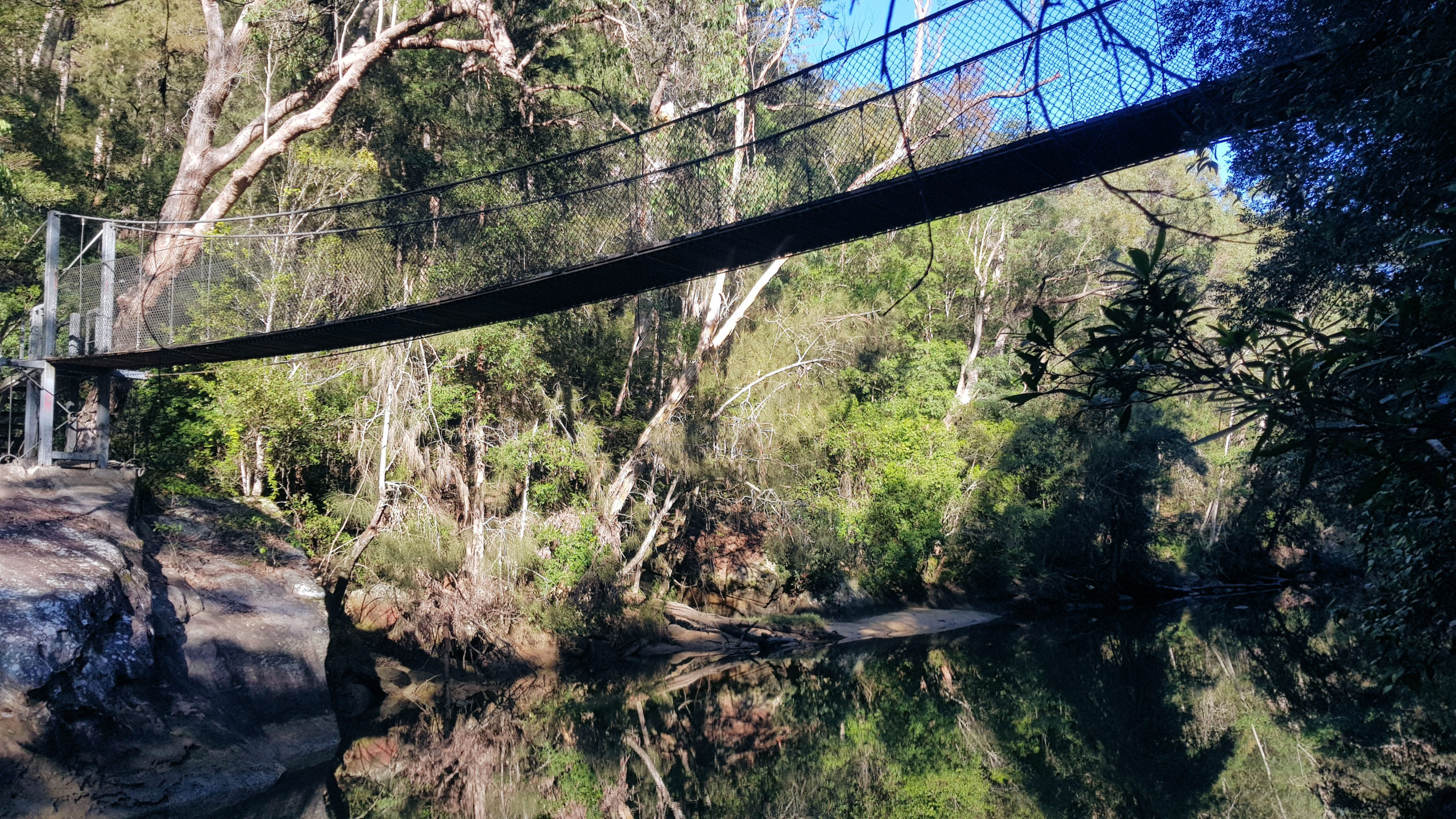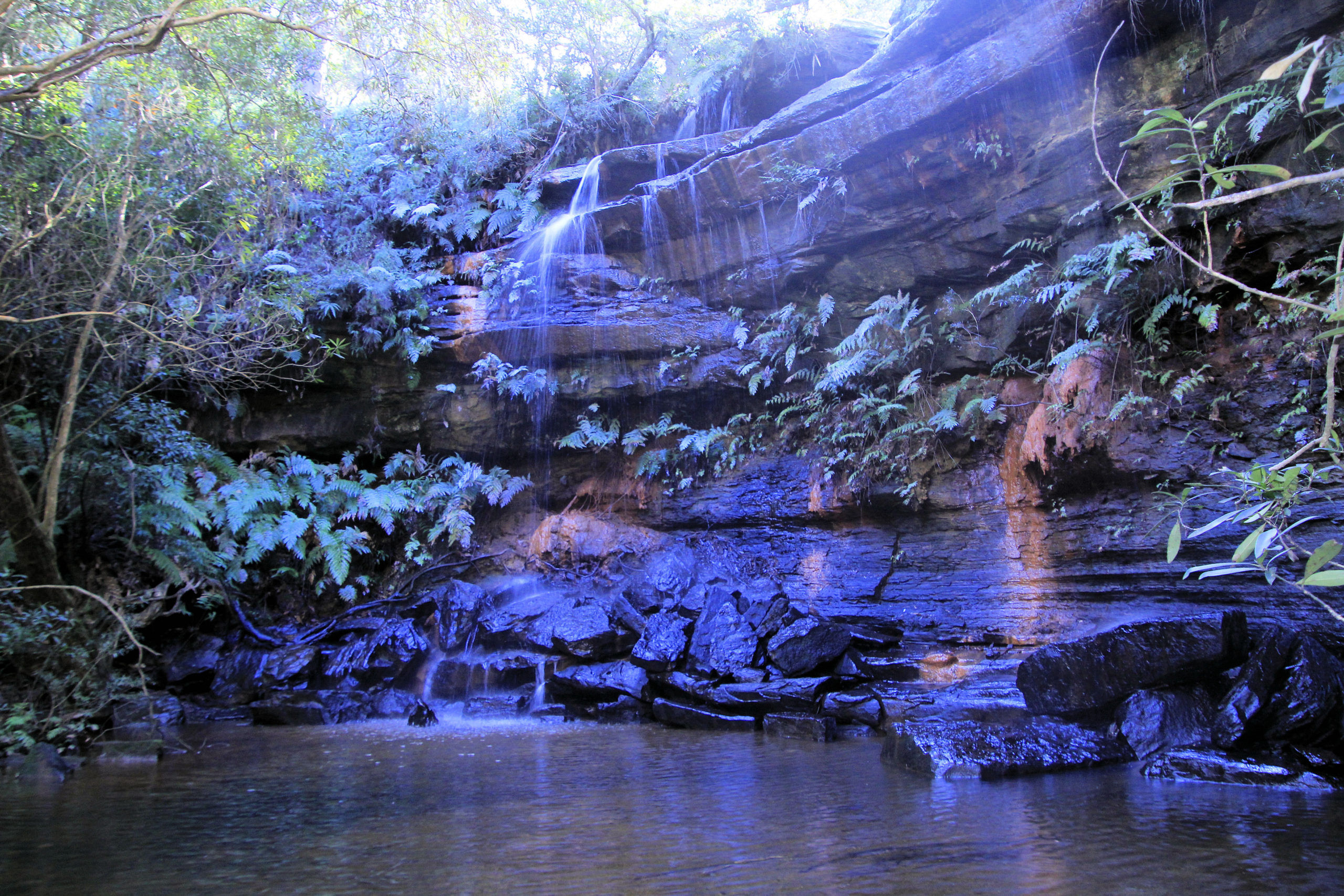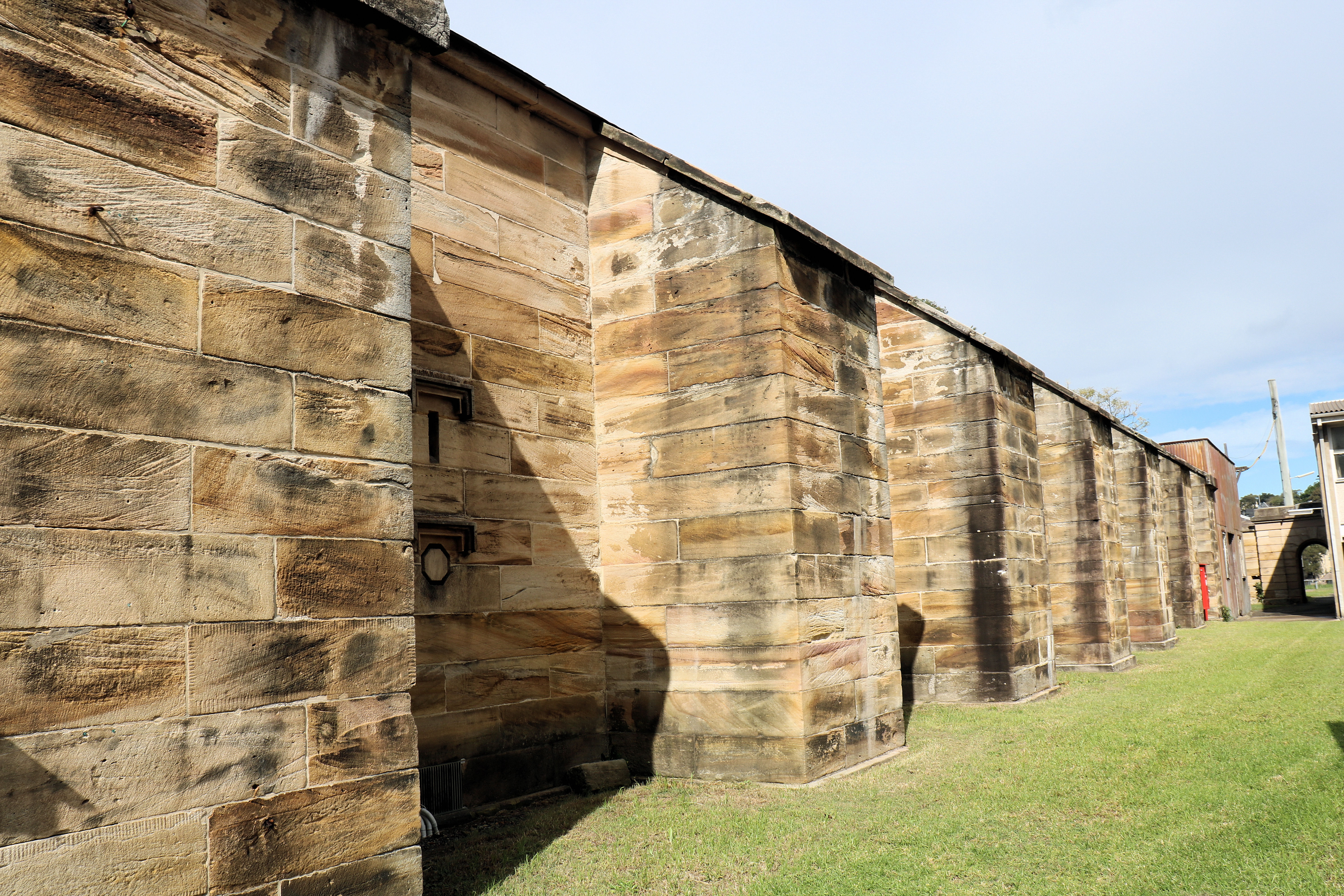Tag: National Park
-
Beautiful Piles Creek Loop Track

Piles Creek Loop Track Located in Brisbane Water National Park, Piles Creek Loop Track is a grade 5 challenging walk threading through dry eucalypt forest along Piles Creek, passing waterfalls and crossing a suspension bridge. Managed by NSW National Parks and Wildlife Service, the track is in good condition, but the Grade 5 rating reflects… Read more
-
Girrakool Loop Track Brisbane Water National Park

Girrakool Loop Track Part of the Brisbane Water National Park, the Girrakool Loop Track is managed by NSW National Parks and Wildlife Service. This ensures that the park is managed well and that tracks are maintained in good condition. A small fee applies which you pay in the car park. Getting There A one-hour drive north… Read more
-
Goat Island Sydney Harbour

Getting to Goat Island Goat Island in Sydney Harbour is administered by National Parks and Wildlife and tours are organised and conducted by Rangers. We met our guide at Circular Quay wharf 6 where we boarded the ferry for a quick trip to the island. Access to the island is prohibited unless you are on… Read more
